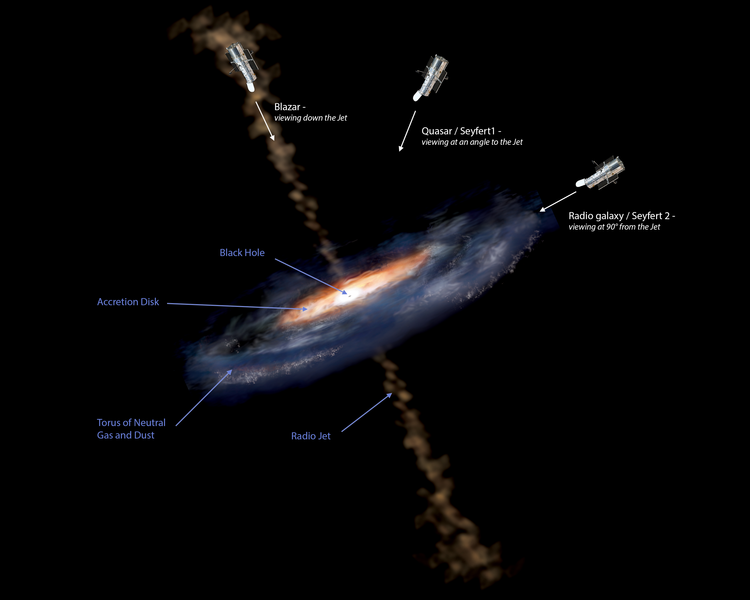Our understanding of the formation paths of supermassive black holes is still very sketchy. In 1982, Andrzej Soltan showed that the summed emission from all observed quasars yields a remarkably accurate estimate of the total mass of present-day black holes. His argument was based on the expected conversion efficiency of the rest mass energy of matter in an accretion disk falling into a black hole at the centre of a quasar - these distant objects are thus believed to signpost the main sites of black hole growth across the Universe. Unfortunately, quasars are not ideal objects to study the mechanisms by which black holes grow. The emission from the central nucleus is more luminous than the underlying host galaxy by many orders of magnitude, making detailed studies of the host system extremely difficult. For this reason, studies to constrain possible triggering mechanisms for black hole growth focus on so called Type II active galactic nuclei (AGN). In these systems, the radiation from the accretion disk is believed to be blocked by a very dense layer of gas and dust (the so-called torus, see Figure 1). Large spectroscopic galaxy surveys such as the Sloan Digital Sky Survey have yielded samples of hundreds of thousands of nearby Type II AGN, which are selected according to their optical emission line ratios. At higher redshifts, Type II AGN are commonly selected at X-ray wavelengths. 
Fig. This illustration shows the different features of an active galactic nucleus (AGN). The extreme luminosity of an AGN is powered by accretion onto a supermassive black hole. In addition to the accretion disk, models of active galaxies also include a region of cold gas and dust, the torus. Viewed edge-on, the torus blocks out the light from the accretion disk and the system is a Type II AGN. Viewed face-on, the accretion disk dominates the luminosity and the system is a quasar. See:http://www.mpa-garching.mpg.de/546840/hl201805 |
